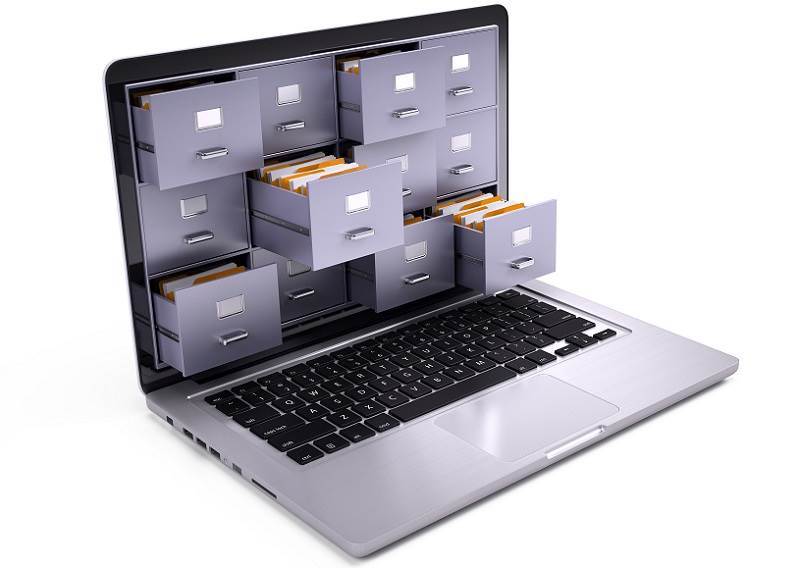.jpg)
By Mike Zwolski
At IBM’s recent Tech U conference, amidst all the technical sessions, there was a nice session on a recent IBM business announcement: IBM’s Storage as a Service (STaaS) offering. What caught my eye was the simplicity of the offering, and the common-sense approach IBM took in developing it.
Let’s start with the business drivers for this offering. Cloud is, of course, everyone’s favorite buzzword these days. It’s the most overused word in the IT industry.
When I think of cloud, I think of CapEx versus OpEx (Capital Expense vs Operating Expense). After all, a great deal of cloud talk is really a discussion about chargeback. About paying by the drink versus buying the whole bottle. For many customers, in a volatile business environment, saving scarce CapEx dollars just sounds good. It also supports a certain logic.
If IT infrastructure is a commodity, like electricity or water, you should be able to pay for it as you use it. I am not sure I buy the whole commodity argument, but what matters isn’t what I think. It’s what the person in the corner office thinks that matters. So if that person is bent on commodity pricing and a 100% OpEx model, this is a viable solution.
Like anything else, paying someone to do something for you, or your firm, has a cost. It isn’t cheaper than doing it yourself. But given limited staff resources, and capital budgets, this may be the correct path to take. Several major IT consultant groups are all in agreement on this point: by 2024/25, about half of storage consumed will be delivered via some form of “pay as you go” model.
Map this against IBM’s major storage platforms: DS8000 for the mainframe, Spectrum Virtualize/Flash System for the open block environment, and ESS for the AI environment. Based on this, it’s no surprise that IBM has chosen the Spectrum Virtualize/Flash System family as the foundation for its new STaaS offering. So for block storage, which is IBM’s strength, and the architecture that drives most business processes, IBM now offers an OpEx option.
To be fair, STaaS is not new, and most major storage manufacturers also offer their flavor of STaaS. Even IBM has an existing model that is similar, the IBM Storage Utility offering. What I think separates the new IBM STaaS offering is its simplicity and transparency.
The consumption model is based on size and activity level. Think of a simple table reflecting both “small-medium-large” capacity as well as “low-medium-demanding” activity levels. There is such a table for each term desired (for 1, 2, 3, 4, or 5 years). The customer is charged for the physical capacity used.
This is significant. IBM’s FlashSystem products employ Flash Core Modules (FCM’s), flash modules that provide compression at wire speed, with typically a 2x to 5x benefit. With IBM’s STaaS, if you license for 100 TB of hardware on the floor, you get the compression benefit. Depending on your compression, that benefit is potentially very large. Paying for 100 TB and getting from 200 TB to 500 TB of effective capacity is a customer-friendly model.
Once again, it’s a true OpEx model. IBM owns and maintains the equipment (onsite or in the cloud). IBM manages the asset lifecycle for you. They provide more capacity than your need, always keeping some added capacity in reserve to provide on demand capacity if needed. IBM’s Storage Insights tool is used to monitor and report on capacity.
Now to my personal bias. IBM’s Flash System family is fast. Second to none, period. With FCM modules, customers get a minimum of 2X compression guaranteed, and encryption at wire speed. It’s functionally rich, with the same look and feel whether you are running on-premise hardware or cloud-based storage.
You might ask: why, if the Flash System family is fast, reliable, and affordable, is it not more popular? I think the answer is that IBM competes against companies with a “storage only” focus. Most have dedicated sale forces that drive the drumbeat to their customers, and busy customers tend to remember what they hear the most. I believe that IBM has failed to command the mindshare of many customers, even with a superior product that is aggressively priced.
My message: just give this offering an honest look. If you aren’t looking at the IBM Flash System family, you should be. It will save you money if you do. Whether you consider STaaS or a traditional buying model, this technology is solid. Worst case: shopping around keeps your current storage provider honest, and making sure they are sharpening their pencil for you. Best case: you discover a new viable technology and possibly a new buying model for your storage dollars.
We can help, if you just fill out the form below.
About the author
Michael Zwolski is a z Systems and Storage Solution Advisor with LRS IT Solutions. With more than 30 years of experience supporting Fortune 100 IBM customers in the areas of mainframe and enterprise storage, Michael is skilled at interfacing between technical and business resources. His knowledge of IBM storage solutions including DS8000, FlashSystem, SVC, and TS7000 and others make him a valuable asset on storage projects.